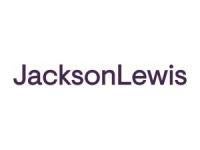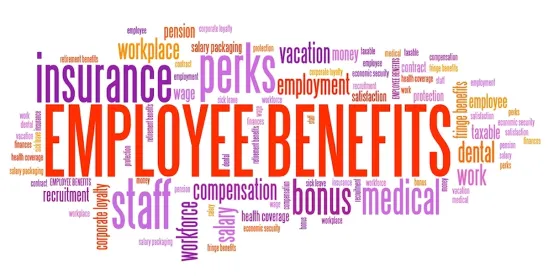Takeaways
- Plan sponsors of defined contribution plans may now self-correct the delinquent remittance of participant contributions and loan repayments when those amounts are deposited to the plan within 180 days of the pay date and the missed earnings amount is $1,000 or less.
Related Links
- Notification of adoption of Updated Voluntary Fiduciary Correction Program
- VFCP Online Lost Earnings Calculator
- Voluntary Fiduciary Correction Program Fact Sheet
Article
On January 14, 2025, the Employee Benefits Security Administration (EBSA) within the Department of Labor (DOL) updated its Voluntary Fiduciary Compliance Program (VFCP). The VFCP allows plan officials to correct certain breaches of fiduciary duties under the Employee Retirement Income Security Act (ERISA). Plan officials who correct certain fiduciary breaches consistent with the VFCP’s terms and conditions receive a “no action letter,” which declares that the EBSA will not pursue enforcement action or assess penalties against plan officials for the corrected breach.
While the update includes several changes to the VFCP, this blog focuses on the new self-correction component (SCC), which will be available beginning March 17, 2025. This component will correct the delinquent remittance of participant contributions and loan repayments, the most common breach corrected under the VFCP.
Under DOL regulations, participant contributions and loan repayments withheld from participant pay must be segregated from an employer’s general assets on the earliest date such amounts can be reasonably segregated. Due to the widespread use of electronic funds transfers, many employers segregate these amounts within 1-2 business days of the applicable pay date. A fiduciary breach occurs when these amounts are deposited after the applicable timeframe.
Plan sponsors may use the SCC to correct a delinquent remittance if:
- the delinquent contributions and loan repayments (principal amounts) are deposited to the plan within 180 days of the applicable pay date, and
- the lost earnings on the principal is $1,000 or less.
Self-correctors must use the VFCP Online Calculator to calculate lost earnings from the pay date through the date the earnings are deposited to the plan.
A SCC notice must be submitted using EBSA’s online tool. The notice must include the plan sponsor’s name, email address, and EIN, the plan name and number, principal and earnings amounts, the date earnings were paid to the plan, the pay date, and the number of participants affected by the correction. Rather than receiving a no-action letter, the self-corrector will receive an acknowledgment email from EBSA.
In addition, the plan sponsor must submit a completed SCC Retention Record Checklist (Checklist) and supporting documents to the plan administrator. The Checklist must include:
- a brief statement explaining why the principal amounts were not deposited timely
- proof of payment of the principal and earnings amounts (for example, bank statements or executed wire transfers)
- a copy of the “printable results” generated by the VFCP Online Calculator
- a copy of the policies or procedures implemented, if any, to prevent future delinquent remittance
- a copy of the acknowledgment email generated by the online tool
- a signed penalty of perjury statement from the plan official or fiduciary seeking relief under the SCC and
- A copy of the authorization if a service provider submits the SCC notice.
So, how does correcting a delinquent remittance under the SCC differ from the formal application? Plan sponsors will not receive the no-action letter many are accustomed to receiving when submitting a formal VFCP application to EBSA. That’s about it. Neither correction method requires a filing fee, so the cost to the plan sponsor is generally the same under the formal application and the SCC. The SCC notice and Checklist require similar information as required under the formal application. Depending on the principal amount, filing a formal application and receiving a no-action letter may be more beneficial. It remains to be seen how many plan sponsors will take advantage of the new SCC process.





 />i
/>i

